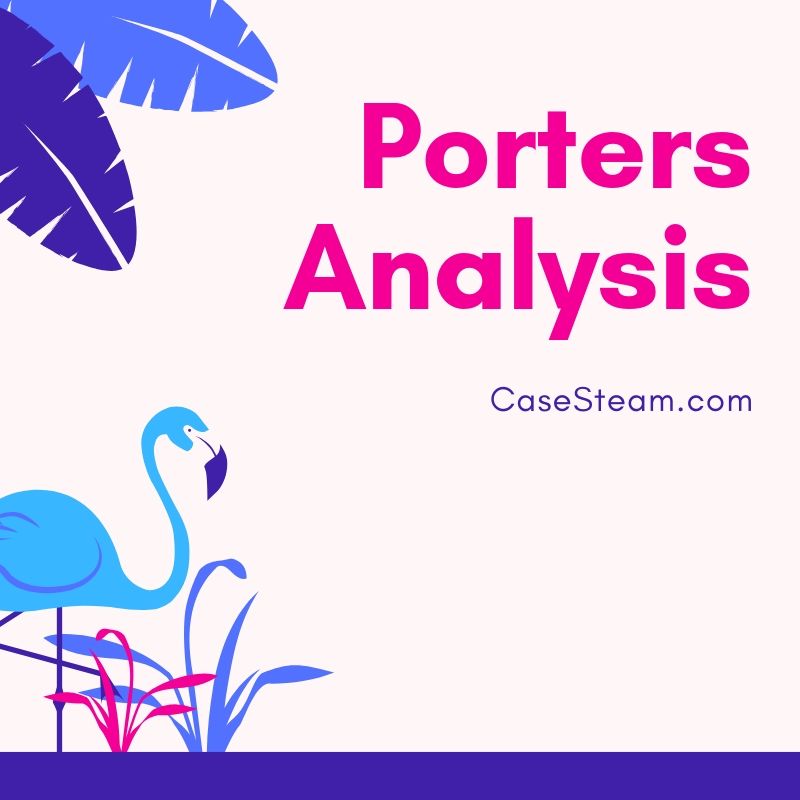Bargaining Power of Supplier:
The vendor in the Taiwanese Negotiation Exercise On Tradeable Pollution Allowances Group C Utility 1 industry has a low bargaining power despite the fact that the market has supremacy of three gamers including Powerchip, Nanya and also ProMOS. Negotiation Exercise On Tradeable Pollution Allowances Group C Utility 1 producers are mere initial tools makers in critical alliances with international players in exchange for technology. The second factor for a reduced negotiating power is the truth that there is excess supply of Negotiation Exercise On Tradeable Pollution Allowances Group C Utility 1 devices as a result of the large range production of these dominant sector gamers which has actually lowered the rate per unit as well as raised the negotiating power of the customer.
Threat of Substitutes & Degree of Rivalry:
The threat of replacements out there is high provided the reality that Taiwanese makers compete with market show worldwide players like Intel, Motorola, IBM, Hitachi, NEC, Toshiba, Samsung as well as Fujitsu. This suggests that the marketplace has a high degree of competition where makers that have design as well as development capacities in addition to making expertise may have the ability to have a higher bargaining power over the market.
Bargaining Power of Buyer:
The market is controlled by players like Micron, Elpida, Samsung as well as Hynix which additionally lower the buying powers of Taiwanese OEMs. The fact that these tactical players do not permit the Taiwanese OEMs to have accessibility to technology suggests that they have a higher negotiating power relatively.
Threat of Entry:
Risks of entry in the Negotiation Exercise On Tradeable Pollution Allowances Group C Utility 1 production market are low owing to the reality that building wafer fabs and also purchasing devices is highly expensive.For just 30,000 devices a month the resources needs can range from $ 500 million to $2.5 billion depending upon the size of the systems. Along with this, the production needed to be in the current innovation and also there for new players would not have the ability to compete with leading Negotiation Exercise On Tradeable Pollution Allowances Group C Utility 1 OEMs (original devices suppliers) in Taiwan which were able to enjoy economies of range. In addition to this the current market had a demand-supply imbalance therefore excess was currently making it challenging to enable brand-new players to enjoy high margins.
Firm Strategy:
The area's manufacturing firms have actually relied upon a strategy of mass production in order to lower expenses through economic climates of scale. Given that Negotiation Exercise On Tradeable Pollution Allowances Group C Utility 1 production utilizes common procedures and also typical and also specialized Negotiation Exercise On Tradeable Pollution Allowances Group C Utility 1 are the only 2 categories of Negotiation Exercise On Tradeable Pollution Allowances Group C Utility 1 being made, the processes can easily make use of mass production. The market has dominant makers that have actually formed alliances for modern technology from Korean and Japanese companies. While this has resulted in schedule of modern technology and also scale, there has actually been disequilibrium in the Negotiation Exercise On Tradeable Pollution Allowances Group C Utility 1 market.
Threats & Opportunities in the External Environment
Based on the interior and also outside audits, possibilities such as strategicalliances with innovation partners or growth with merging/ purchase can be checked out by TMC. In addition to this, an action in the direction of mobile memory is additionally an opportunity for TMC specifically as this is a particular niche market. Risks can be seen in the type of over dependence on foreign gamers for innovation as well as competitors from the US and Japanese Negotiation Exercise On Tradeable Pollution Allowances Group C Utility 1 suppliers.
Porter’s Five Forces Analysis


